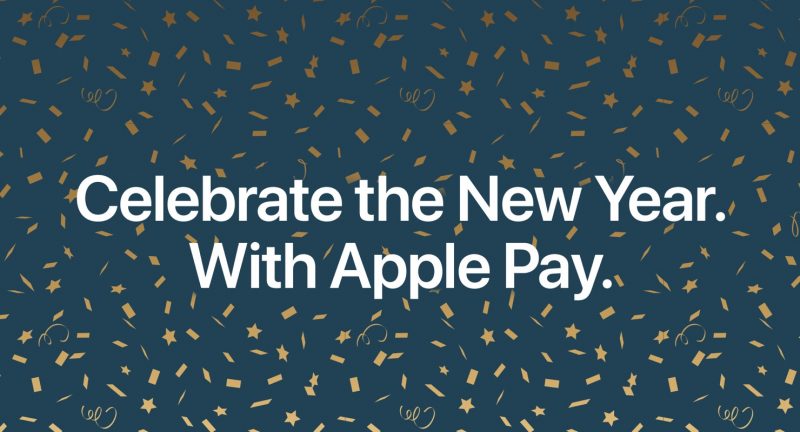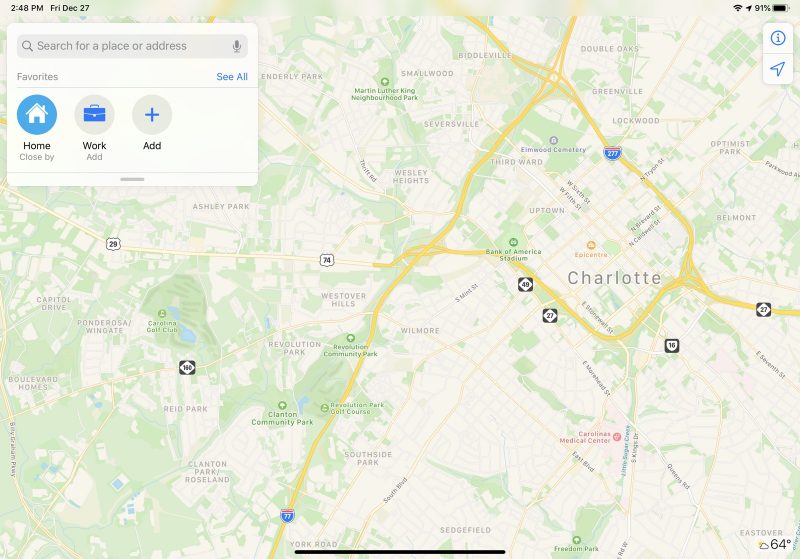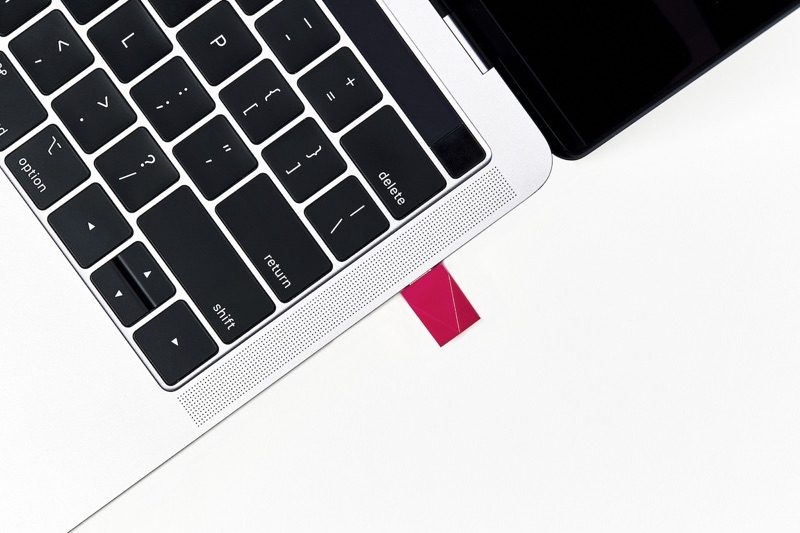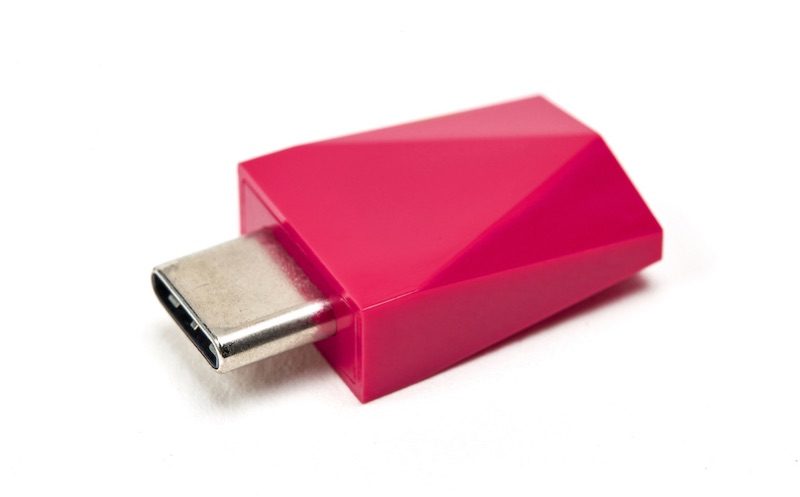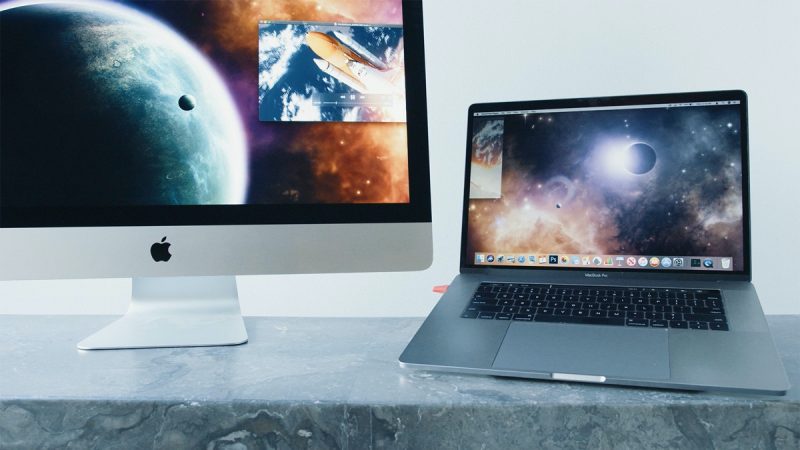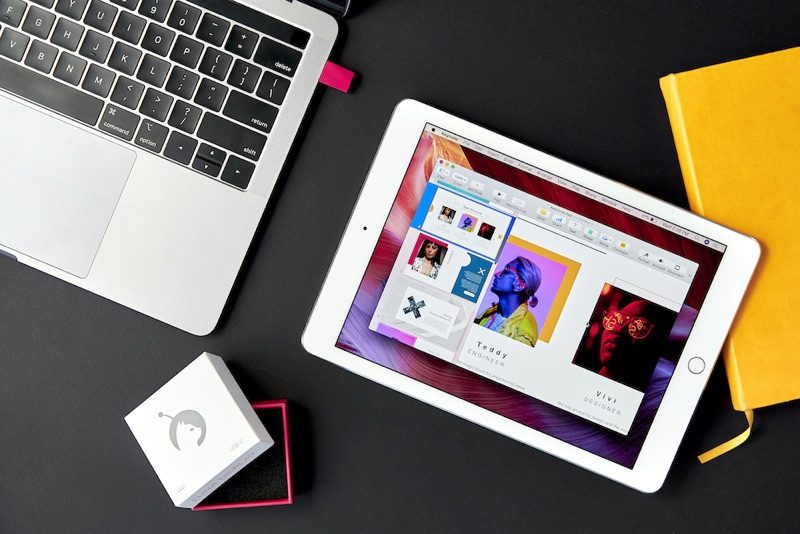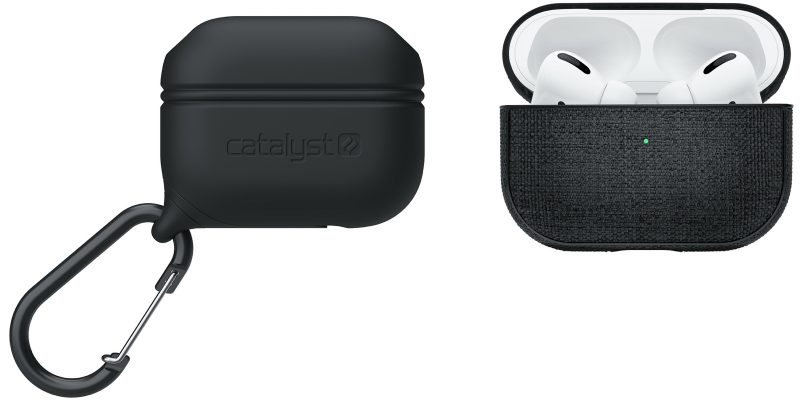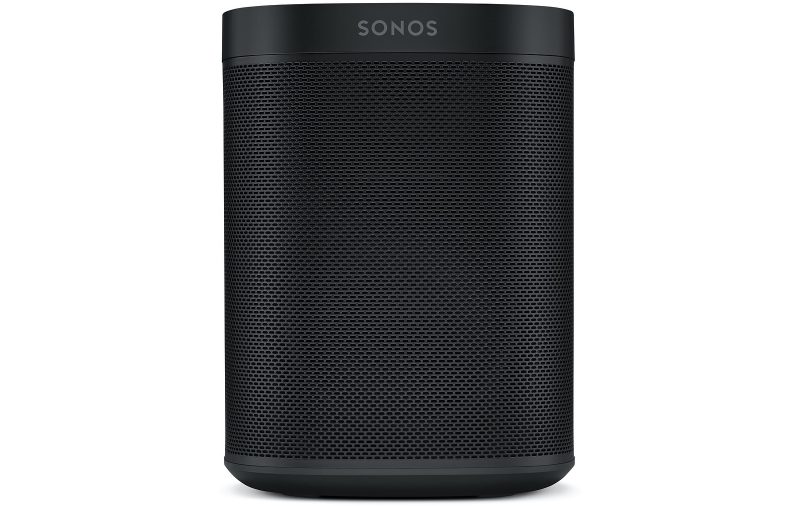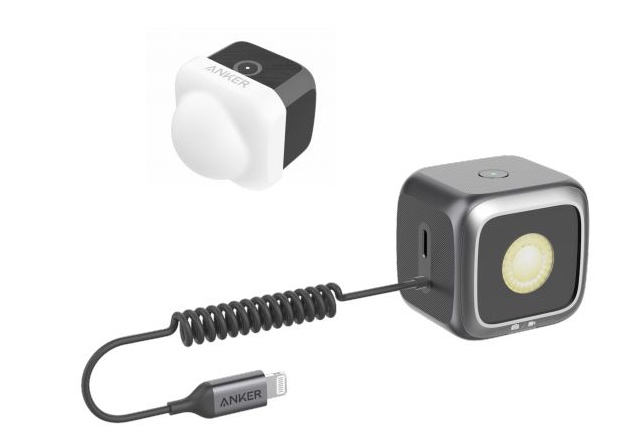When December 31st rolls around this year, it will mark not only the end of 2019 but the end of an entire decade - the 2010s.
Over the course of the last 10 years, Apple released products ranging from the original iPad to the Apple Watch to the ill-fated butterfly keyboard on the MacBook Pro. We asked MacRumors readers on Twitter which Apple product of the decade was their favorite, and received well over 1,000 responses.
Below, we've made a list of some of those picks, highlighting the top 10 Apple products of the decade as chosen by MacRumors readers.
Original iPad (2010)
With Apple's full iPad lineup that consists of multiple models at varying price points, it's hard to believe that it's only been 10 years since the original iPad was released.
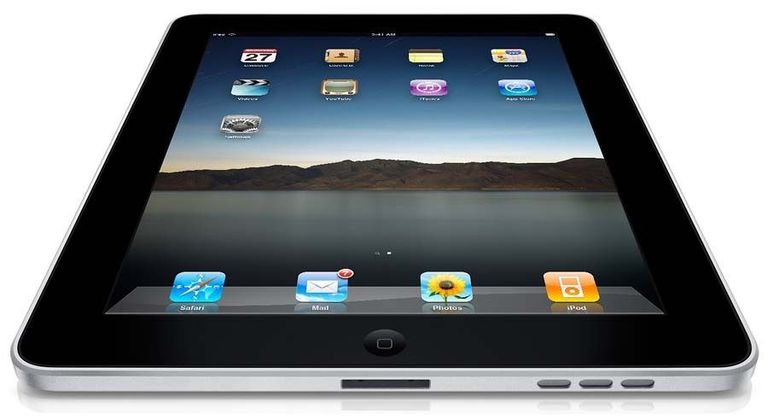
Then Apple CEO Steve Jobs unveiled the iPad in January 2010, and it launched just a few months later in April, marking Apple's first 9.7-inch tablet-sized device that was revolutionary at the time because it was essentially a bigger iPhone with a touchscreen, an at-the-time super fast A4 chip, and a display perfect for reading, gaming, working, and more.
Since then, Apple has continued to expand the iPad lineup and now we have everything from the 7.9-inch iPad mini to the 12.9-inch iPad Pro.
MacBook Pro (2012, 2016, and 2019)
Apple's MacBook Pro has been around since 2006, but over the course of the last decade, it received some notable improvements and revisions.
In 2012, Apple released the first-ever MacBook Pro with a super clear high-resolution Retina display, a feature has since expanded to the entire Mac lineup. It featured a unibody design that was thinner and lighter than the prior models.

Apple in 2016 overhauled the MacBook Pro again, this time introducing an even thinner, lighter design with a redesigned butterfly keyboard and a better-than-ever display. The butterfly keyboard was touted as a superior typing experience and it was also thinner than before, allowing Apple to slim down the machine, but it ultimately turned out to be a mistake.
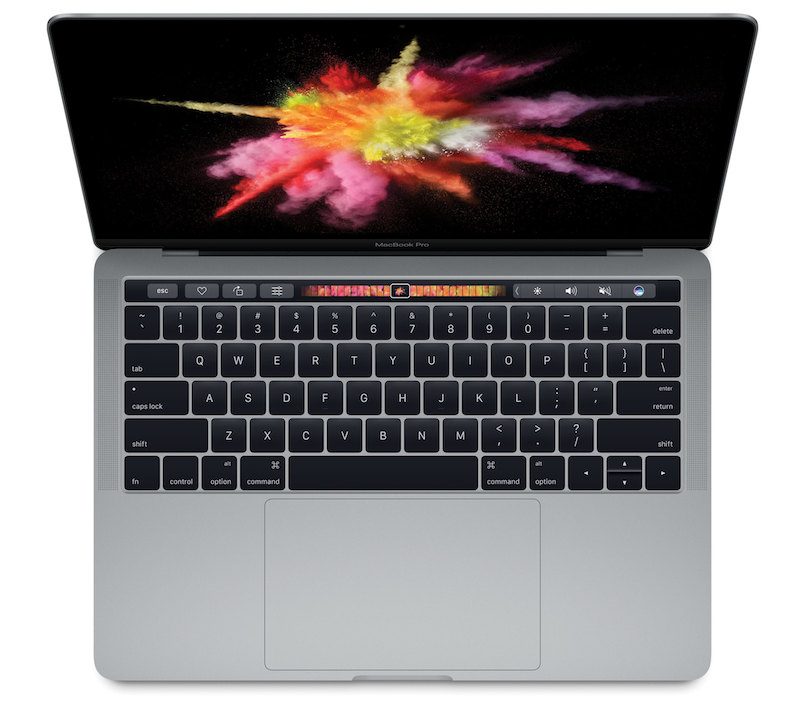
The butterfly keyboard was prone to failure when exposed to dust and small particulates, leading Apple to create a replacement program for all butterfly keyboards.
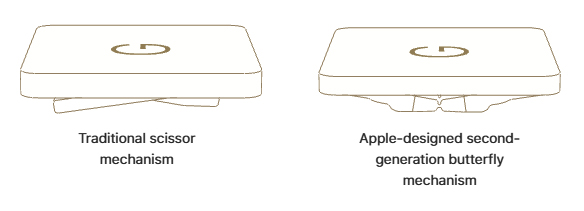
Apple stuck with the butterfly keyboard until 2019 when the 16-inch MacBook Pro was released with an updated keyboard that has an older, more reliable scissor mechanism. The 16-inch MacBook Pro was many people's top pick given its excellent display, long battery life, and return to a more functional keyboard.
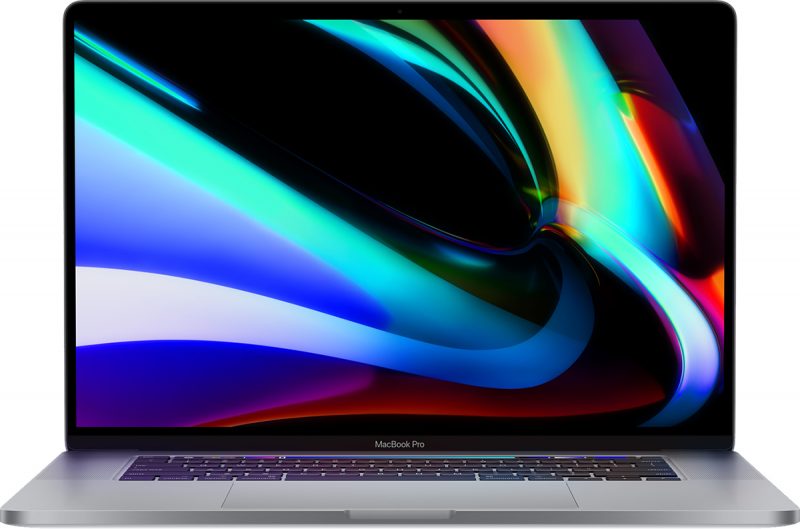
iPhone 6 and 6 Plus (2014)
A number of MacRumors readers who shared their favorite products picked the iPhone, and choices ran the gamut from the super small 3.5-inch iPhone 4 to the iPhone 5s that introduced Touch ID to the iPhone 6 and later models.
We chose to highlight the iPhone 6 and 6 Plus as these devices marked the first major design shift of the decade, with Apple releasing two iPhones for the first time. The iPhone 6 measured in at 4.7 inches, while the iPhone 6 Plus came in at 5.5 inches and marked Apple's largest iPhone to date.
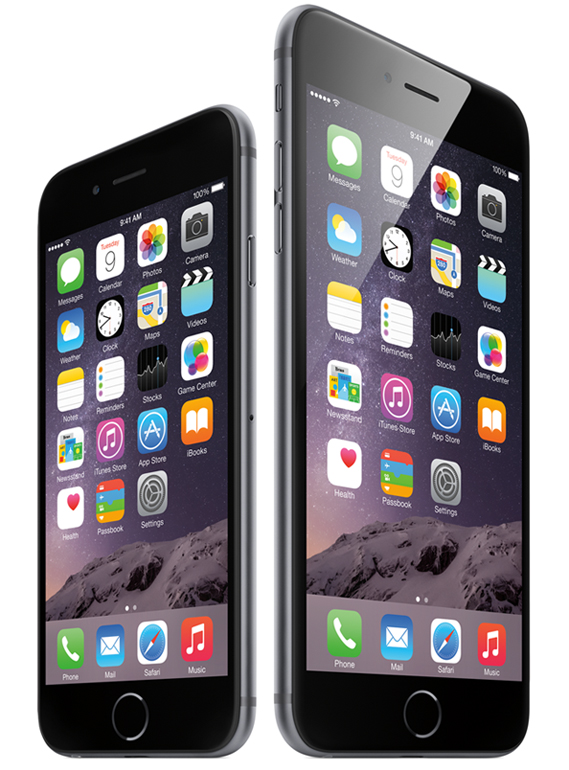
Apple stuck with these sizes for the iPhone 6s, 6s Plus, 7, 7 Plus, 8, and 8 Plus, giving us four years with the same general design. The iPhones in this family all featured a similar look, with large bezels and Touch ID Home buttons, though each one added new features ranging from camera upgrades to 3D Touch.

Many people were unhappy with Apple's size choices, especially when it came to the 5.5-inch iPhone as it was considered not as pocketable as early iPhones. Some people still hope for smaller iPhones like the 2016 iPhone SE, but for better or worse, the iPhones introduced in 2014 marked a shift in Apple's design philosophy toward larger phones and larger displays, which has continued into 2019.
Apple Pay (2014)
Apple in 2014 introduced Apple Pay, a contactless payment service that allows Apple devices to be used to make payments without a physical credit card present. Apple Pay was slow to catch on when it was first released, but as of 2019, it is the most popular mobile payment platform in the United States.

Apple Pay is now available on the iPhone, iPad, Apple Watch, and Mac, and it is accepted anywhere contactless payments are accepted. It has also expanded to many countries and is available in more than four dozen countries and regions around the world.
MacBook (2015)
Apple in March 2015 introduced a super thin and light notebook called the MacBook, which was even thinner than the MacBook Air. The MacBook had a 12-inch Retina display and an incredibly thin body that was just two pounds.

The MacBook was the first machine with Apple's butterfly keyboard, and it offered a 10 hour battery, impressive for 2015. The 12-inch MacBook used less powerful Core-M processors and it had a high price tag, starting at $1,299, but it was notable because of just how thin and light it was.
It was believed that the MacBook would ultimately replace the MacBook Air given its thinner design, but that didn't end up happening. Apple kept the MacBook around and refreshed it in 2016 and 2017, but it was ultimately discontinued in 2019. Apple didn't even keep the form factor, and reverted to the MacBook Air as its thinnest, lightest machine.
Apple Watch (2015)
Released in 2015, the Apple Watch was Apple's first wrist-worn device, and it was one of the most popular choices for best Apple product of the decade given its extensive health features.

At launch, the Apple Watch was slow, didn't have a super long battery life, and wasn't the most useful device Apple has ever released, but it did track heart rate and since it debuted, Apple has added a ton of new features that have made it indispensable.
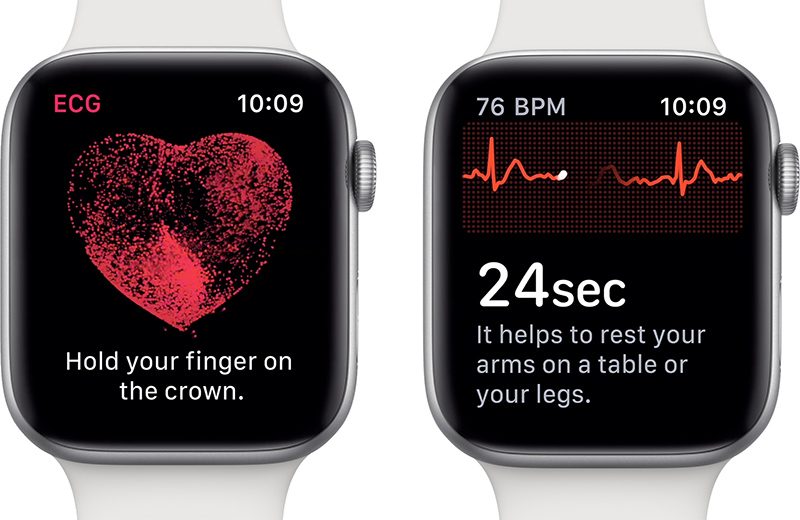
The newest Apple Watch models can take EKGs, watch out for falls, and send alerts when abnormal heart rates are detected, features that have saved countless lives. Apple also now makes cellular Apple Watch models that can be used without an iPhone, allowing people to be connected at all times and just a few button presses away from being able to keep in touch with loved ones, check messages, contact emergency services, and tons more.
Fourth-Generation Apple TV (2015)
The Apple TV is another Apple product that's been around for quite some time, but in 2015, Apple introduced the fourth-generation Apple TV that overhauled the way the Apple TV works.
The 1080p fourth-generation Apple TV was the first with a dedicated App Store and deep Siri integration, allowing users to download apps and games and ask Siri to find specific content. The new Apple TV ran "tvOS" with an iOS-style interface that was simple to navigate.
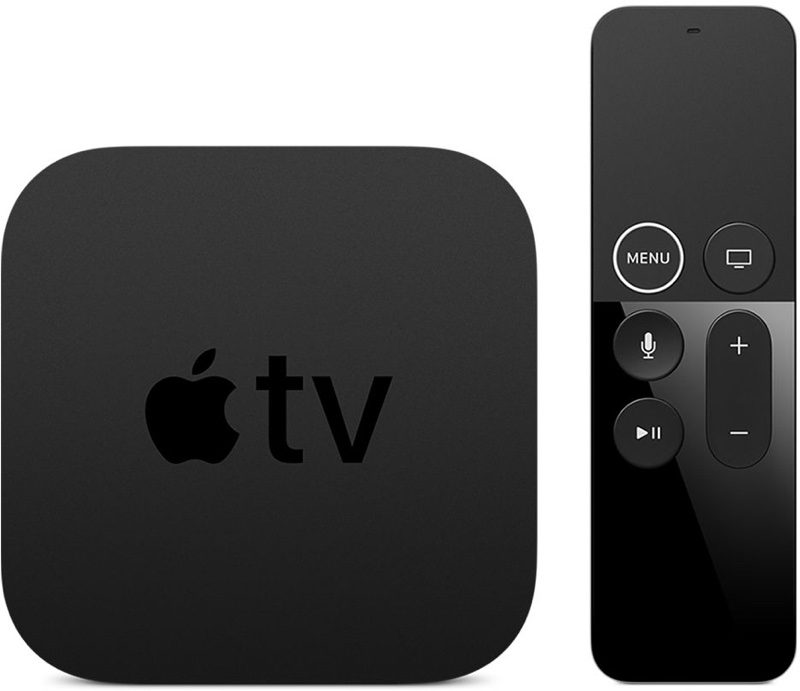
Apple has since updated the fourth-generation Apple TV with a fifth-generation 4K model, and has overhauled the interface with the Apple TV app and features like Apple TV+ and channels.
AirPods (2016)
Along with the Apple Watch, the AirPods were one of the top products of the decade as chosen by MacRumors readers, which is unsurprising given their wild popularity.

Introduced in late 2016, AirPods were some of the first truly wireless headphones on the market, marking Apple's most significant push towards the elimination of wired headphones. AirPods featured an Apple-designed chip that let them connect to and swap between Apple devices, they offered impressive battery life, and the little included case kept them safe when not in use and added even more backup battery.
AirPods quickly became one of Apple's most popular products, and many people called them Apple's best product in years. Apple sold a ton of AirPods and they even became something of a status symbol.
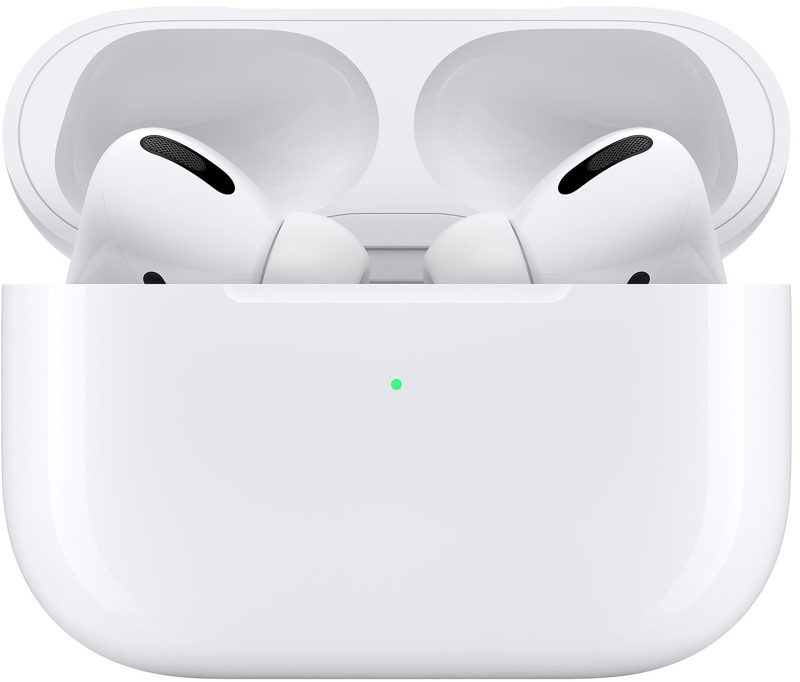
AirPods popularity has not died down, and in 2019, Apple debuted both the AirPods 2 with Wireless Charging Case and the AirPods Pro. Both models improve upon the original AirPods with new features, better sound, and better connectivity, with the AirPods Pro also offering Active Noise Cancellation.
iPhone X (2017)
Of MacRumors readers who chose the iPhone as their favorite Apple product of the decade, a large majority picked the iPhone X, which isn't surprising as it was the second significant design change Apple has introduced in the last 10 years.

The iPhone X eliminated the Touch ID Home button used in every iPhone since the iPhone 5s and replaced it with Face ID, Apple's secure 3D facial recognition platform. At the time, Face ID technology was cutting edge and it's still not a feature that most Android manufacturers have been able to successfully replicate.
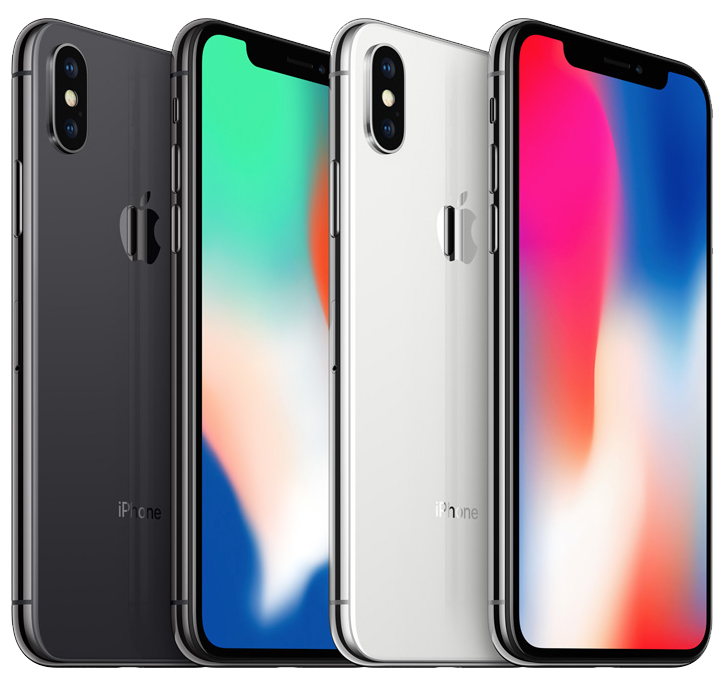
With Face ID, there was no need for a Home button, so Apple nixed it in favor of an all-screen design with slim side bezels and a "notch" at the top for housing the front-facing camera and the TrueDepth camera system. Love it or hate it, the notch and the iPhone X once again marked a major shift in Apple's design philosophy.

Apple sold the iPhone X alongside the iPhone 8 and 8 Plus (with Touch ID) when it launched in 2017, but in 2018 and 2019, Apple did away with new Home button iPhones and launched a series of all-screen iPhones that include the iPhone XR, XS, XS Max, 11, 11 Pro, and 11 Pro Max.
iPad Pro (2018)
With the launch of the 2018 iPad Pro models in 11 and 12.9-inch sizes, Apple brought the Face ID and full-screen design of the iPhone to its tablet form factor.
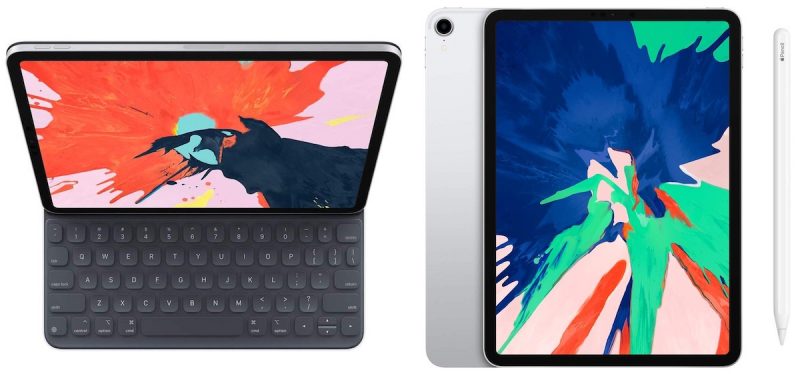
The latest iPad Pro models are Apple's most advanced, with thin bezels all around and no Home button, giving us much more display to work with for watching movies, sketching, reading, working, and more.
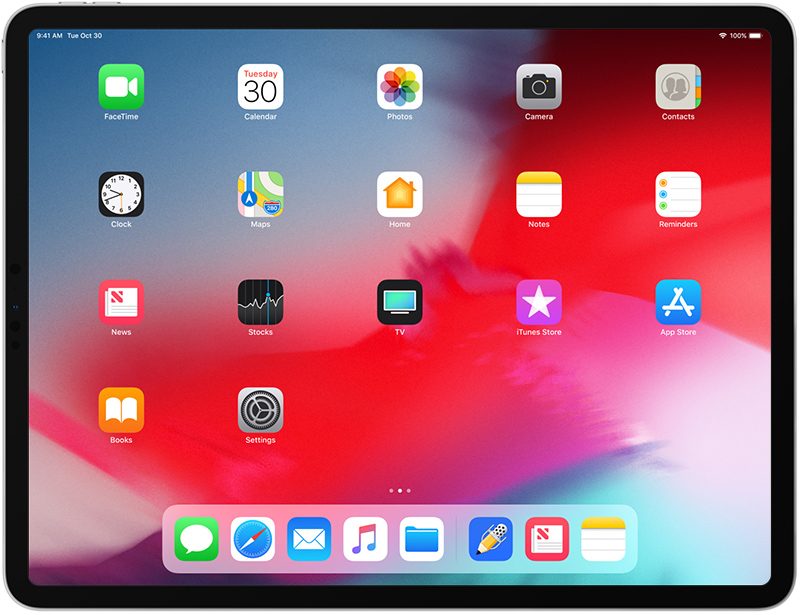
Apple has focused on the iPad as a computer replacement in recent years, and the iPad Pro models are as powerful as many of Apple's desktop machines with their A12X Bionic chips complete with Neural Engine for advanced machine learning capabilities. The iPad Pro models are Apple's first non-Mac devices to use USB-C, and they also work with the Apple Pencil 2, an updated Apple Pencil Stylus that Apple designed just for these devices.
Conclusion
The responses we received from MacRumors readers included almost every product Apple made over the last decade, but the ones listed above were cited most often or were some of the most impactful on Apple's product line.
If you disagree with the above list, what do you think Apple's best product of the decade was? Let us know in the comments.
This article, "Best Apple Products of the Decade: iPad, iPhones, Apple Watch, Macs, and More" first appeared on MacRumors.com
Discuss this article in our forums
from MacRumors: Mac News and Rumors - All Stories https://ift.tt/363SpY8

